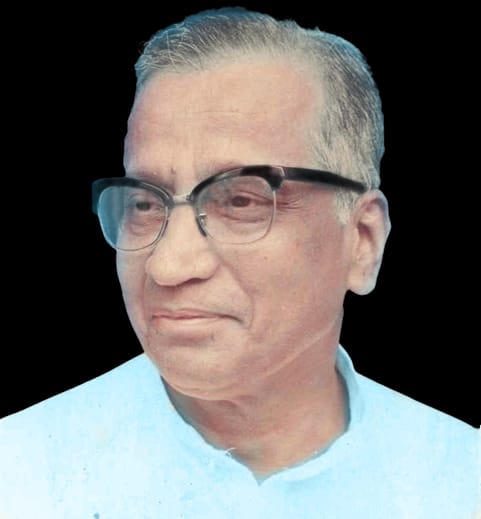Making of A Muslim Woman: Different Pathways to Religious Practices
Romica Vasudev and Anand Inbanathan
Abstract
This paper is a descriptive analysis of different pathways of religious practice taken by the Muslim women respondents of the present study in their everyday lives. The analysis is based on how the respondents interpret, manifest and embody the concept of Muslim woman and how their daily lives define their religious practices and their corresponding routines. The study has been contextualized in the Islamic reformist theological discourse and the emerging notions of piety. The Islamic reformist movements started in India around the British colonial period and were a response to Islam‟s encounter with modernity. The resultant democratisation of Islamic theological discourse led to the redefining of piety. Contemporary Islam is to be expressed in people‟s daily lives, in mundane activities that lie outside the boundaries of formal Islamic schools. Islam has become more than a code of moral conduct and is a set of rules and regulations that guide the followers in all situations of their lives. This study was conducted to explore the religious practices of Muslim women in their day-to-day lives, given the backdrop of reformist notions of piety. The study was conducted across two different income groups and various activity spheres. Forty-five respondents of two income groups were interviewed. The pathways to religious practice have been identified based on what the respondents considered to be appropriate Islamic practices. The pathways that women took varied from expressing their religious identity in the public and private spheres, to celebrating just the cultural aspects of their religion. The experiences of the respondents also varied across income groups, geographies, and activity spheres.

